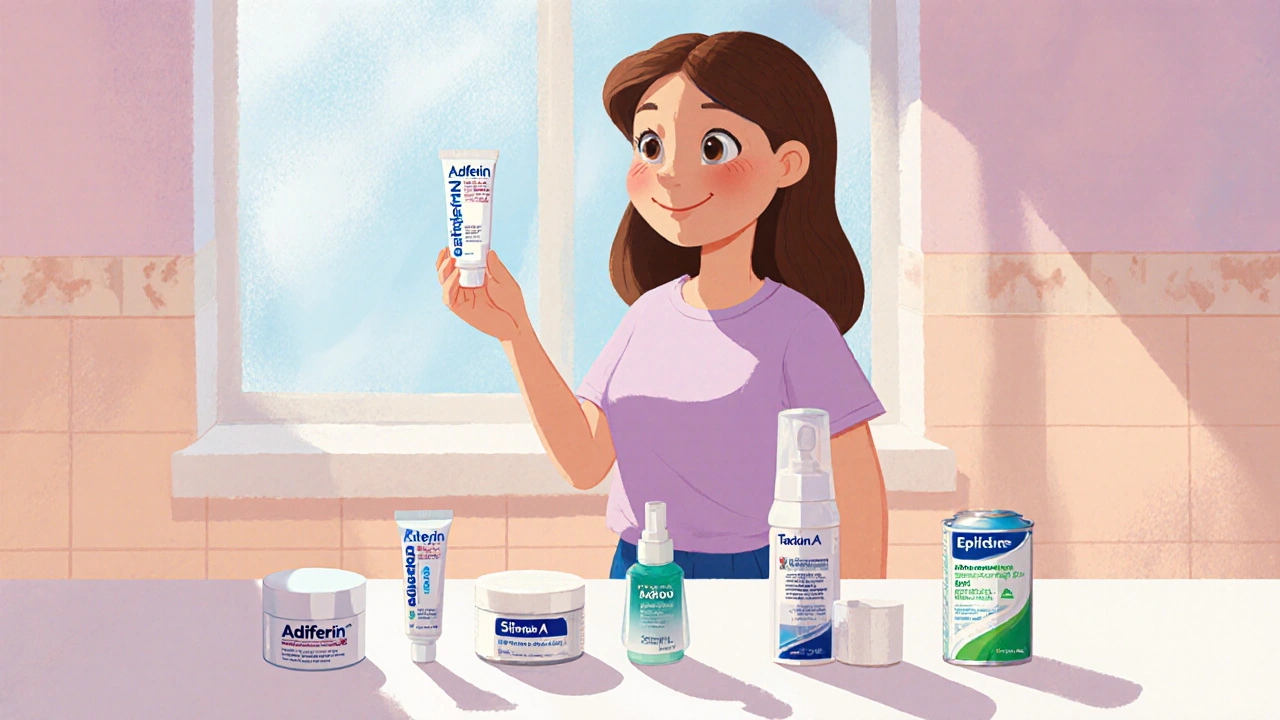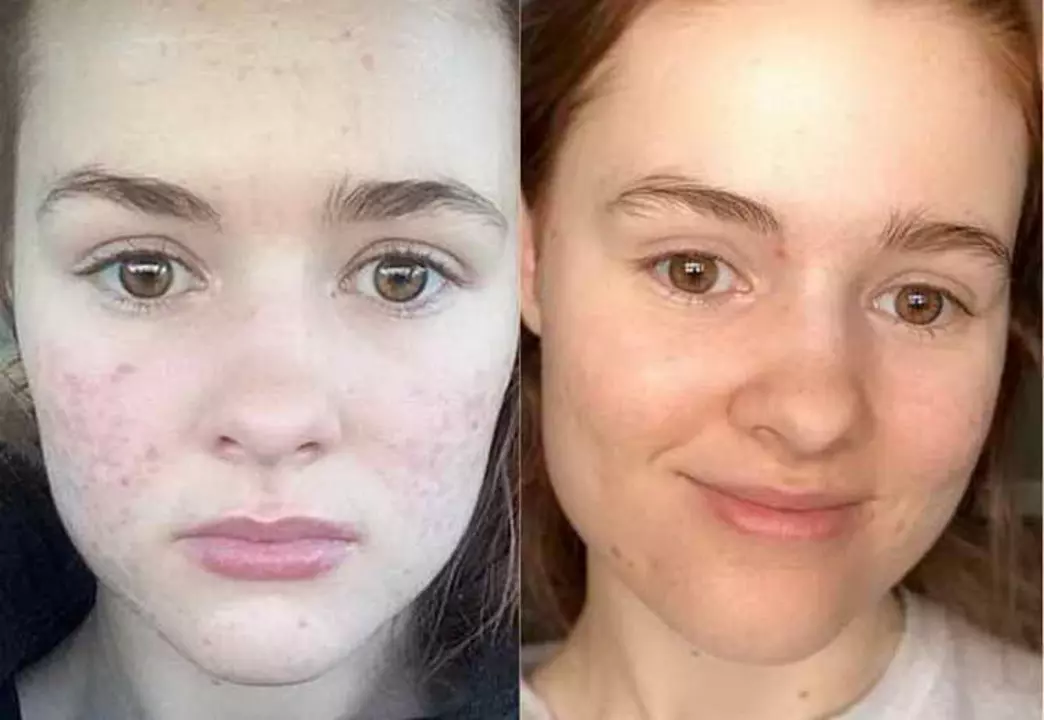Acne Treatment: Practical Steps That Actually Help
Fed up with breakouts? You don’t need a complicated routine to start seeing changes. Acne responds best to consistent, simple care and the right active ingredients. Below I’ll walk you through what to try at home, which treatments need a prescription, and how long to give each option before expecting results.
Quick at-home fixes and OTC options
Start with a short daily routine: gentle cleanser, active treatment, moisturizer, and sunscreen in the morning. That’s it. Overdoing products often makes acne worse.
Key actives to look for:
- Benzoyl peroxide (2.5–10%) — Kills acne bacteria and reduces inflammation. Use once daily at first to avoid irritation.
- Salicylic acid (0.5–2%) — Helps unclog pores and reduces blackheads. Good for oily, congested skin.
- Adapalene 0.1% (topical retinoid) — Encourages cell turnover and prevents new pimples. Expect 6–12 weeks to see clear results; skin may flare slightly early on.
- Non-comedogenic moisturizer — Keeps skin barrier healthy. Look for lightweight options labeled “oil-free” or “non-comedogenic.”
Apply treatments to clean, dry skin. If you get redness or peeling, cut back frequency and use a moisturizer between applications. Always use sunscreen every morning; retinoids and acids make skin more sun-sensitive.
Prescription options and when to talk to a pro
If OTC products don’t help after 8–12 weeks, or if you have painful cysts, see a dermatologist or pharmacist. Prescription choices include:
- Topical antibiotics or combo gels — Clindamycin often combined with benzoyl peroxide for moderate acne.
- Oral antibiotics — Doxycycline or minocycline for inflammatory acne; usually used short-term (8–12 weeks).
- Hormonal treatments — Birth control pills or spironolactone help women with hormonal acne. They can take months to work.
- Isotretinoin — For severe, nodular, or treatment-resistant acne. Very effective but requires medical monitoring and strict pregnancy prevention.
How long should you wait? Topicals need 2–3 months. Oral meds may show faster improvement but still need weeks. Keep notes or photos to track progress.
Small lifestyle tweaks help too: sleep more, cut back on high-glycemic snacks and excess dairy if you notice a pattern, don’t pop pimples, and wash pillowcases weekly. If you’re unsure which product fits your skin, ask your pharmacist or our team at Shiner Family Pharmacy — we can point you to effective generics and safe options. Acne can be stubborn, but with a steady routine and the right help, most people see real improvement.


